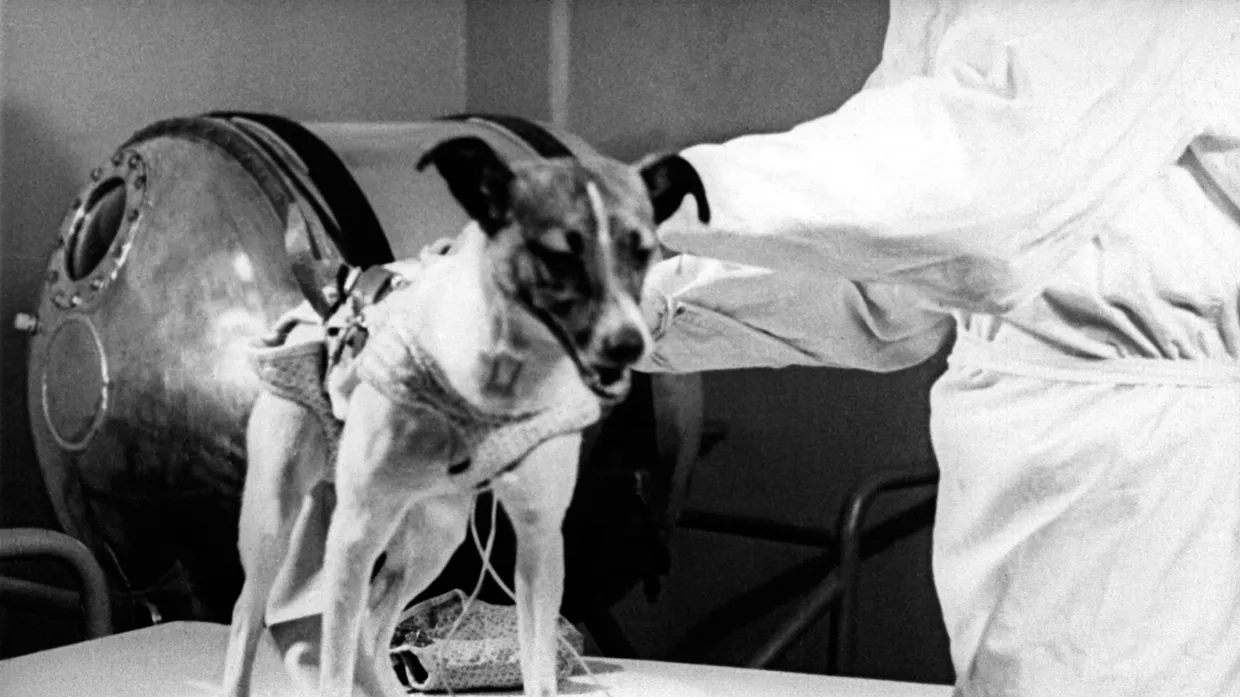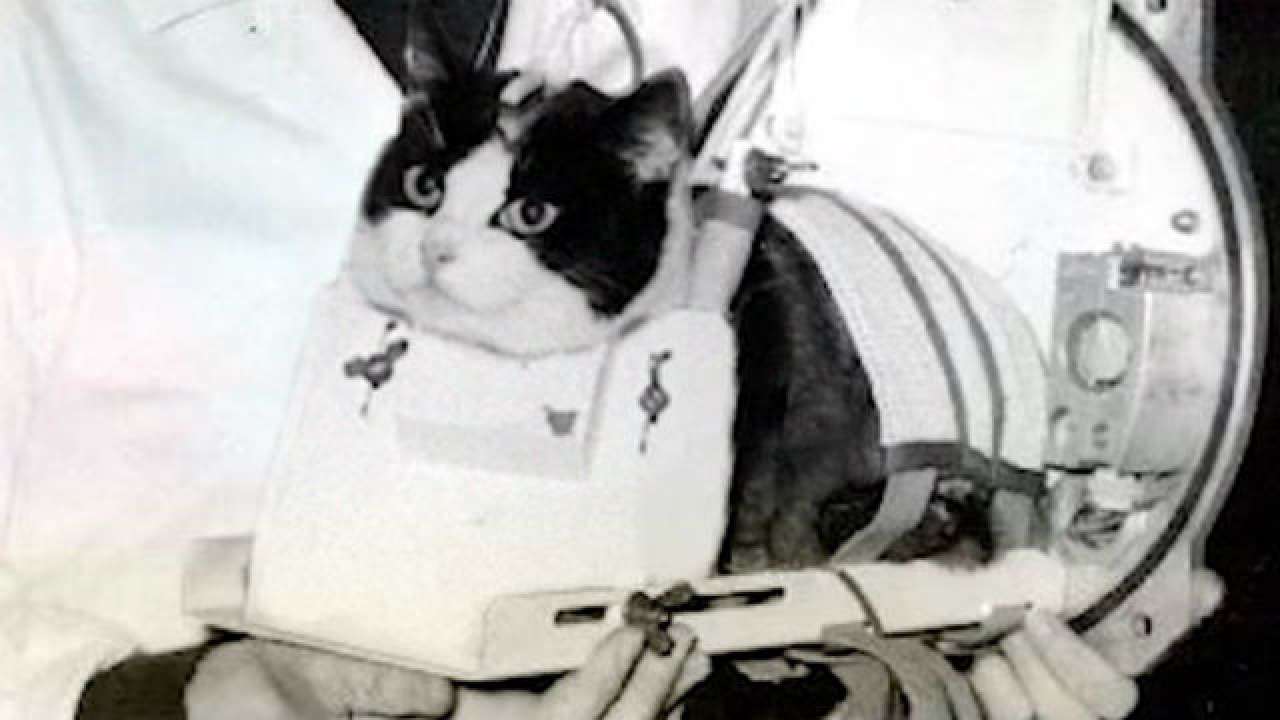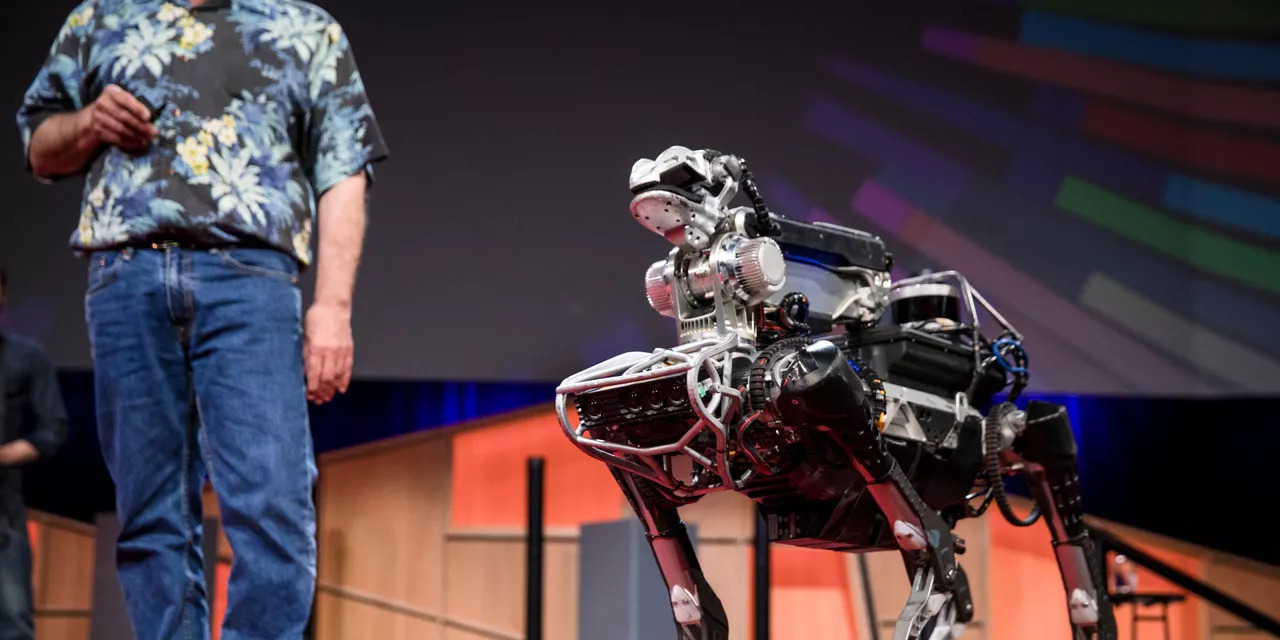Between 1948 and 1961, more than 48 dogs were sent to Soviet space missions. Now NASA resumes the exploration of the Moon as part of the Artemis mission, and the dog again becomes a member of the spacecraft crew, writes Spain’s ABC.
However, not a simple one, but a robot.
Lourdes Gómez
For the first three years of her life, she wandered the streets of Moscow, so when she was chosen for the Soviet space program, she was already “hardened” by cold and hunger.
That is why, of several candidates, this mongrel with the features of the Husky breed, became an “astronaut”.
Read also: Check out our coverage on curated alternative narratives
After going through various names, they decided to call the dog Laika. Before her, the USSR had already used dogs in space missions, but it was with her that they achieved success … at least that’s what they said.
The Soviet operation with the launch of Sputnik-2 was successful.
The spacecraft circled the Earth at a set altitude in an estimated time, which four years later, in 1961, allowed Yuri Gagarin to become the first person to perform the same mission as Laika on board the Vostok-1 spacecraft.
What was not told in the USSR was about the sad fate of Laika.
At first, the information was given only partially, they said that she died of lack of oxygen, that she survived four days … But obviously, at the time, no one really cared.
Everyone was focused on the political consequences of space exploration, which was then obsessed with the USSR.
Only in Oct. 2002, scientist Dmitry Malashenkov, who participated in the launch of Sputnik-2, said that Laika died of overheating 5-7 hours after launch.
The temperature in the cabin was very high then. It took many technical advances to make it habitable.
The return of the spacecraft to Earth was not envisaged. Initially, it was known that Laika was doomed to death.
Sputnik 2, with Laika’s remains, made 2,570 orbits around the Earth in 163 days and burned up in the atmosphere on April 14, 1958.
Two other Soviet mongrels were more fortunate, who not only rounded Earth but also returned unharmed.
Their names were Belka and Strelka, and they went on a flight in 1960.
By the way, one of Strelka’s puppies, named Pushinka, was given to the Kennedy family by Soviet leader Nikita Khrushchev.
Between 1948 and 1961, more than 48 dogs were sent on space missions.
Now NASA is resuming exploration of the Moon as part of the Artemis mission, and dogs are again becoming members of the spacecraft crew.
It is planned that in 2024 a woman will land on the Moon for the first time, as well as a dog.
Not a simple one, but a robot.

The initiative belongs to European science and is engaged in the Legged Exploration of the Aristarchus Plateau LEAP, a walking study of the Aristarchus Plateau.
Researchers have created a robot dog ANYmal, which is very similar to the creations of Boston Dynamics.
According to the idea, robot dogs will have to perform the same tasks as the lunar rovers; only they will be more mobile.
This will make it possible to study more complex lunar surfaces, such as, for example, Aristarchusrchus plateau – a mineral-rich but inaccessible place.
ANYmal can climb steep slopes, place instruments for scientific research, and get back on its feet when falling.
With its feet, the robot can dig channels and collect samples.
The legs of the robot are more suitable for tasks than the wheels of the lunar rover.
Scientists also note the dexterity of robots and their ability to overcome long distances in a short period of time.
With their help, you can move multispectral sensors, radars, mass spectrometers, and other tools.
Maybe ANYmal won’t be as cute as Laika, but it will cause less criticism if they suddenly have to sacrifice for the sake of science.
THE TRAGIC ALBERT SAGA
The first monkey to fly into space was the rhesus macaque Albert II, which in 1949 went there aboard a V-2 rocket.
Two years later, Yorick flew, becoming the first monkey to return alive from space.
The purpose of the studies was to study physiological responses at an altitude of 70 kilometers.
Albert II was one of many Alberts that NASA sent on various expeditions. All of them died either from overheating or from the explosion of the rocket.
The first Albert became famous under the second number, which gave rise to conspiracy theories that there was another first Albert, who was tied in 1948 to the V-2 rocket as part of some secret mission.
But in fact, Albert I can not be called a “space animal” because he did not reach the minimum altitude for the flight to be considered space.
It reached an altitude of 62.3 kilometers instead of the prescribed 100. The monkey died of suffocation.
THE WORK OF INSECTS AT HIGH ALTITUDE
But fruit flies were the first living area sent into space for scientific purposes aboard V-2 rockets.
The first mission took place in 1946.
The goal was to study the effects of radiation at high altitudes. It turned out that radiation caused premature aging in flies.
Later, in 1973, two cross-spider spiders were sent to the SkyLab space laboratory to see if they could weave a web in microgravity.
Spiders Anita and Arabella were able to weave webs, but they were thinner than usual, and two months later, the insects died of dehydration.
CHIMPANZEE WITH HERO MEDAL
Ham became the first chimpanzee to go into space. The mission was launched in January 1961.
During the flight, Ham performed various tasks he was trained in NASA, such as moving levers.
The experimental flight took place four months before the mission of the first American astronaut Alan Shepard.
Ham returned to Earth unharmed and received the Hero Medal.
It seems that space missions involving primates are a thing of the past, but in 2013 Iran sent a monkey into space, which suggests that the country plans to send a man in the coming years.
A monkey from Tehran reached an altitude of 120 kilometers and returned alive to Earth.
RABBITS, TURTLES, LIZARDS, FISH
Turtles, rabbits, fish, and lizards also received the “privilege” of becoming crew members on flights to an altitude of more than 100 kilometers.
The first animals to fly around the Moon were turtles launched in 1968 on board the Soviet spacecraft Zond-5.
In 1970, two frogs were sent into space to study microgravity. The study helped a lot in the installation of the International Space Station.
RETURN OF THE ASTRO CAT BY PARACHUTE
Astro cat, as it was then nicknamed in the press, France sent into space in 1963 as part of the operation of the future European Space Agency to measure cat nerve impulses.
Stray cat Felisette reached an altitude of more than 200 kilometers and descended in a capsule by parachute.
The cat arrived on Earth alive, but two months later, it was euthanized to study the effect of being in space on the brain.

INVERTEBRATES SURVIVE UNDER ALL CONDITIONS
The last heroes of space travel were unique animals – tardigrades, also known as “water bears”.
These microscopic creatures can adapt to extreme conditions, so in 2007 they conducted research to check whether they would survive in space for ten days without any protection.
And they succeeded, despite the lack of oxygen, cosmic and solar radiation, shallow temperatures, and microgravity.
As it turned out, these were the first living creatures that could survive in outer space and their natural shell.
A few years earlier, a fantastic story happened, but with other invertebrates.
Hundreds of worms sent in one experiment into space aboard the space shuttle Columbia in 2003 were found alive among the ship’s wreckage a few weeks after the disaster that claimed the lives of all seven crew members.
Then the shuttle crashed shortly after liftoff.
The worms not only survived but even reproduced four times.
Join us on Telegram: t.me/theriotimes


